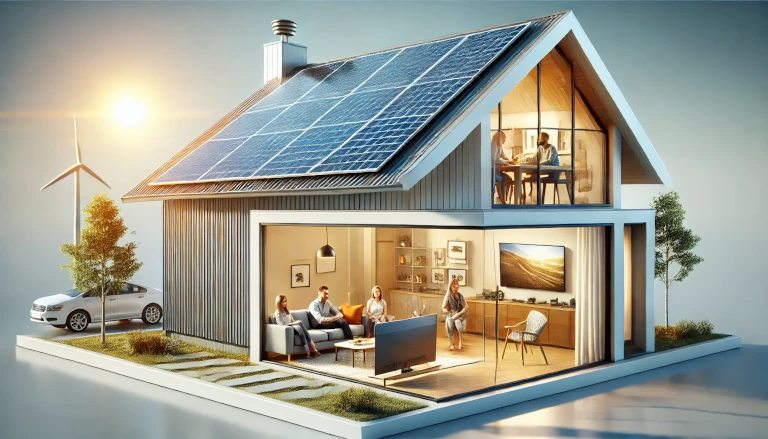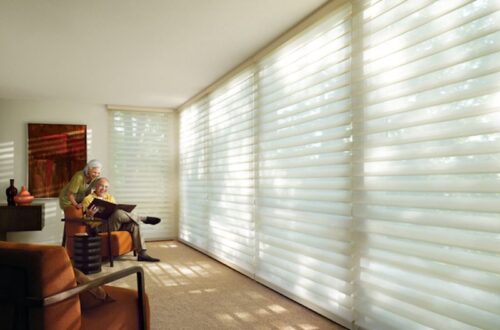The use of solar panels to optimize costs in the house is an increasingly popular choice among homeowners. By harnessing solar energy, households can significantly reduce their monthly utility bills, lower overall expenses, and increase property value. This article explores how solar panels can effectively reduce costs, provide a return on investment (ROI), and how the right materials and energy-efficient upgrades, such as optimized window choices, can further enhance these savings.
1. Cost Benefits of Using Solar Panels in the Home
The use of solar panels to optimize costs helps reduce reliance on grid electricity by generating power from a renewable resource—the sun. This shift not only lowers electricity bills but also helps households avoid peak electricity rates, which can be substantially higher. On average, homeowners who switch to solar energy can save up to 70% on energy costs, depending on their system size, location, and local utility rates.
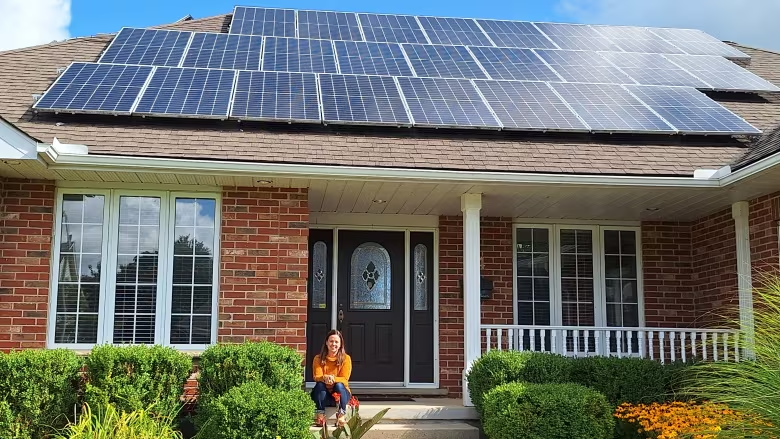
Key Benefits:
- Lower Utility Bills: Solar panels generate free electricity, reducing the amount needed from the grid.
- Energy Independence: Solar provides a buffer against rising energy costs, offering a stable, low-cost energy source.
- Environmentally Friendly: Solar panels reduce reliance on fossil fuels, lowering carbon emissions.
2. Initial Investment vs. Long-Term Savings
While installing solar panels requires an upfront investment, the long-term savings often far exceed the initial cost. Solar panels generally pay for themselves within 5-10 years, with a lifespan of around 25-30 years. With government incentives, tax credits, and rebates, the initial installation cost can be significantly reduced, making solar an even more accessible option for homeowners looking to optimize household expenses.
3. Enhancing Solar Efficiency with Energy-Efficient Windows
Combining solar panels with energy-efficient windows further reduces household energy expenses by improving insulation and reducing heating and cooling costs. Windows play a critical role in a home’s overall energy efficiency, as heat can easily escape or enter through poorly insulated windows. Modern, energy-efficient window materials work alongside solar panels to maximize savings by maintaining consistent indoor temperatures.
Comparison Table: Window Materials
| Material | Energy Efficiency | Durability | Maintenance | Best Use |
|---|---|---|---|---|
| Vinyl | High | High | Low | Cost-effective and energy-efficient homes |
| Wood | Moderate | Moderate | High | Traditional homes seeking aesthetic appeal |
| Aluminum | Moderate | High | Low | Modern homes with large windows |
| Fiberglass | Excellent | Very High | Low | High-end, energy-efficient homes |
- Vinyl: Highly efficient and budget-friendly, vinyl windows require little maintenance and are ideal for modern homes.
- Wood: Provides a classic look and moderate efficiency but requires more upkeep.
- Aluminum: Durable and modern in appearance but less insulating than other materials.
- Fiberglass: Offers excellent insulation and durability, ideal for homeowners prioritizing long-term energy savings.
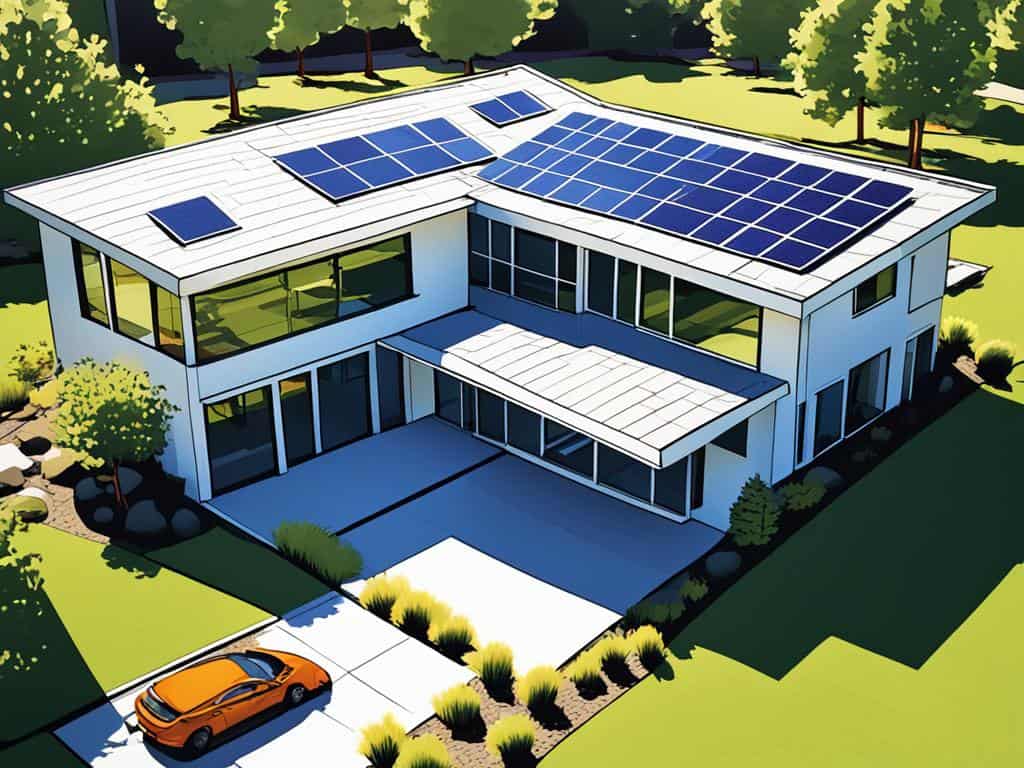
4. Reducing Costs Through Solar and Energy-Efficient Upgrades
The combined use of solar panels and energy-efficient windows creates a well-insulated home that reduces heating and cooling demands. Solar energy systems generate free electricity during daylight hours, while energy-efficient windows keep the home cooler in summer and warmer in winter. This synergy between solar power and insulation reduces dependency on HVAC systems, further optimizing household energy costs.
5. Solar Panel ROI and Government Incentives
The return on investment (ROI) for solar panel installations is typically achieved within a decade, after which any energy savings directly contribute to cost reduction. In addition to ROI, government programs and rebates make solar installation more affordable. Many areas offer tax credits, rebates, and performance-based incentives, which help offset the installation costs and make solar an economically viable choice for more homeowners.
Examples of Solar Incentives:
- Federal Tax Credits: Reduces the cost of solar installation by offering a percentage back on taxes.
- Local Rebates: Cities and states may offer rebates that further decrease installation costs.
- Net Metering: Excess power generated can be sent to the grid in exchange for credits, allowing households to offset future electricity bills.
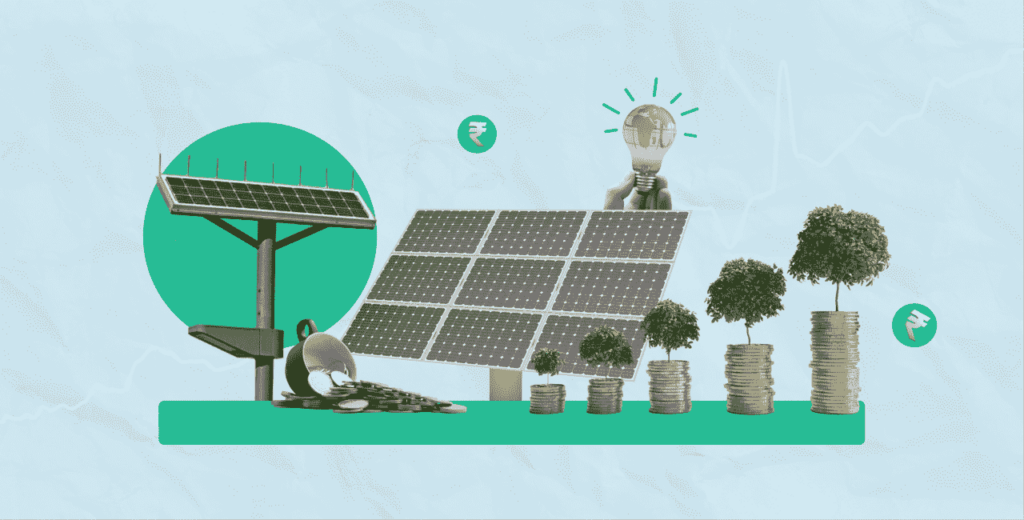
6. Energy Storage and Solar Efficiency
Solar battery storage adds another layer of efficiency, allowing homes to store excess power generated during sunny hours for use in the evening. This storage feature provides continuous power, even during peak demand times, enabling homeowners to optimize their use of solar power and minimize dependency on grid electricity.
7. Financing Options for Solar Installation
For homeowners who may be concerned about the initial costs of solar installation, there are several financing options available. Solar loans, leases, and power purchase agreements (PPAs) make solar accessible with little or no upfront cost, allowing homeowners to enjoy immediate savings and pay off the investment over time.
Common Financing Options:
- Solar Loans: Allow homeowners to finance their system with low monthly payments and benefit fully from tax credits and incentives.
- Leasing: In a lease agreement, homeowners pay a fixed monthly fee to use the solar system, with the installer retaining ownership.
- PPAs: Homeowners pay for the energy produced by the system rather than the system itself, often at a lower rate than traditional electricity.
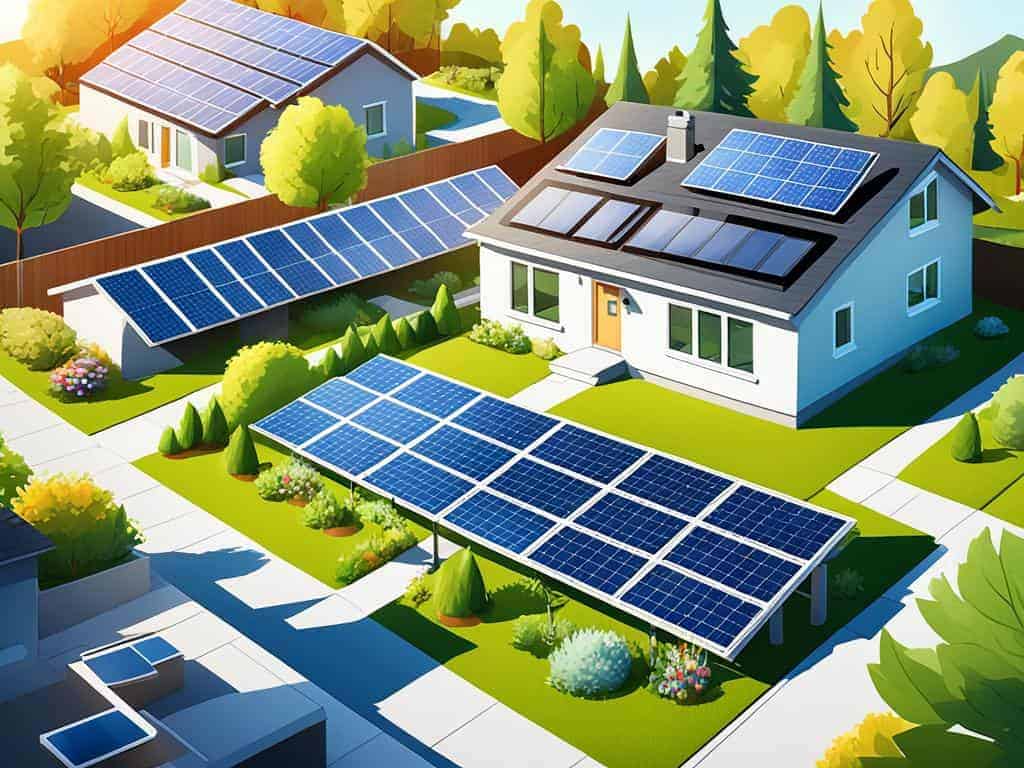
Conclusion
The use of solar panels to optimize costs in the house is an effective way to reduce household expenses while also benefiting the environment. With long-term savings, the right window materials, and government incentives, solar energy is accessible and advantageous for homeowners looking to reduce their reliance on traditional energy sources. Combining solar power with other energy-efficient upgrades, such as high-quality windows, can further maximize the financial and environmental benefits, making it a smart choice for today’s energy-conscious homeowners.

